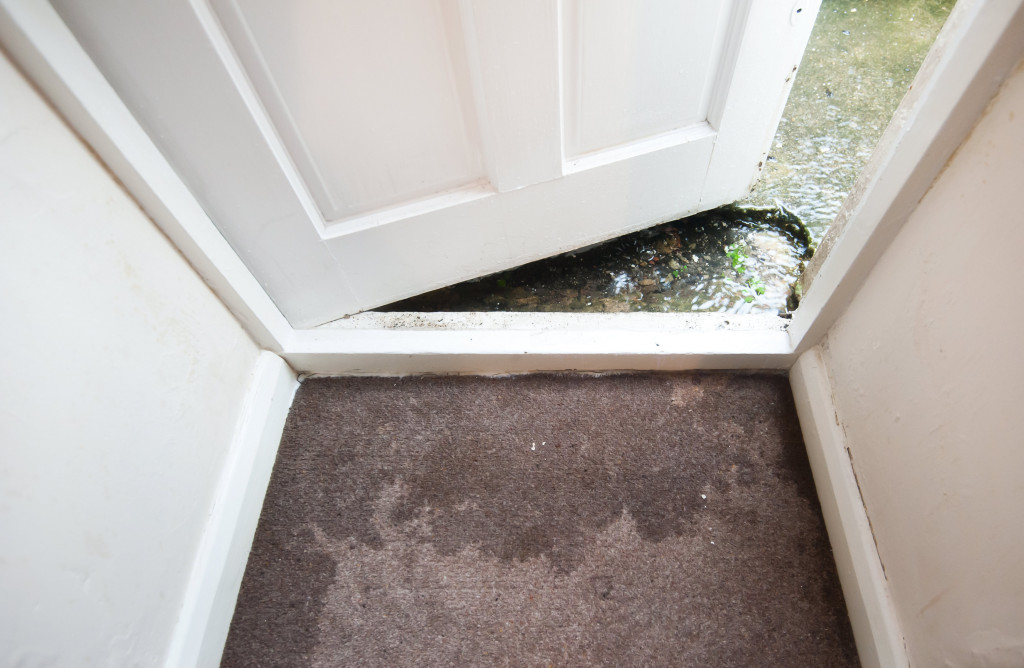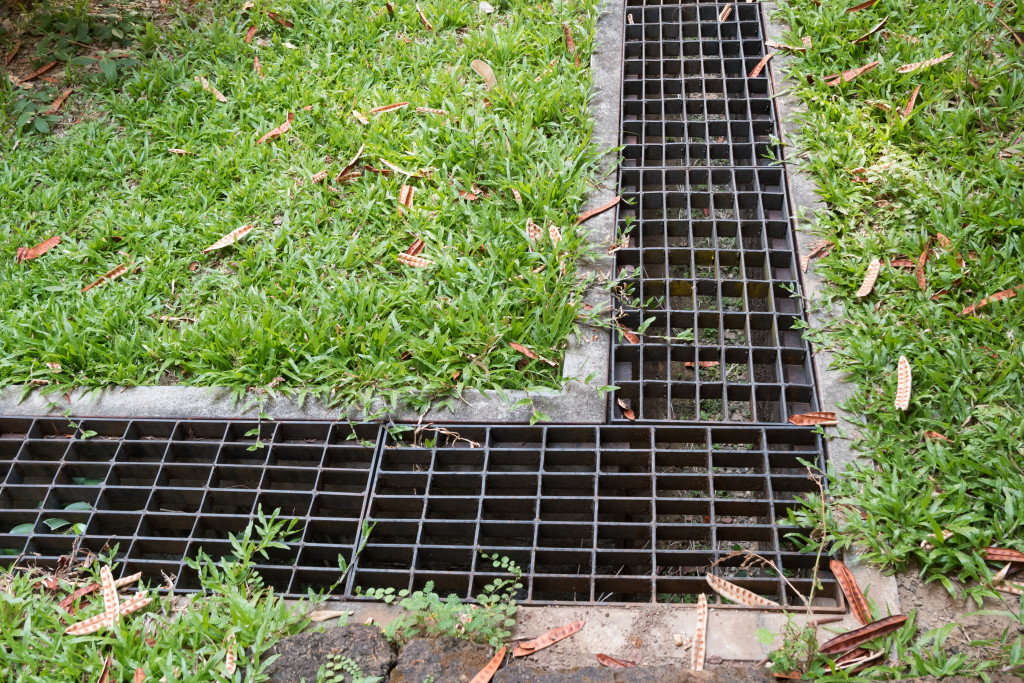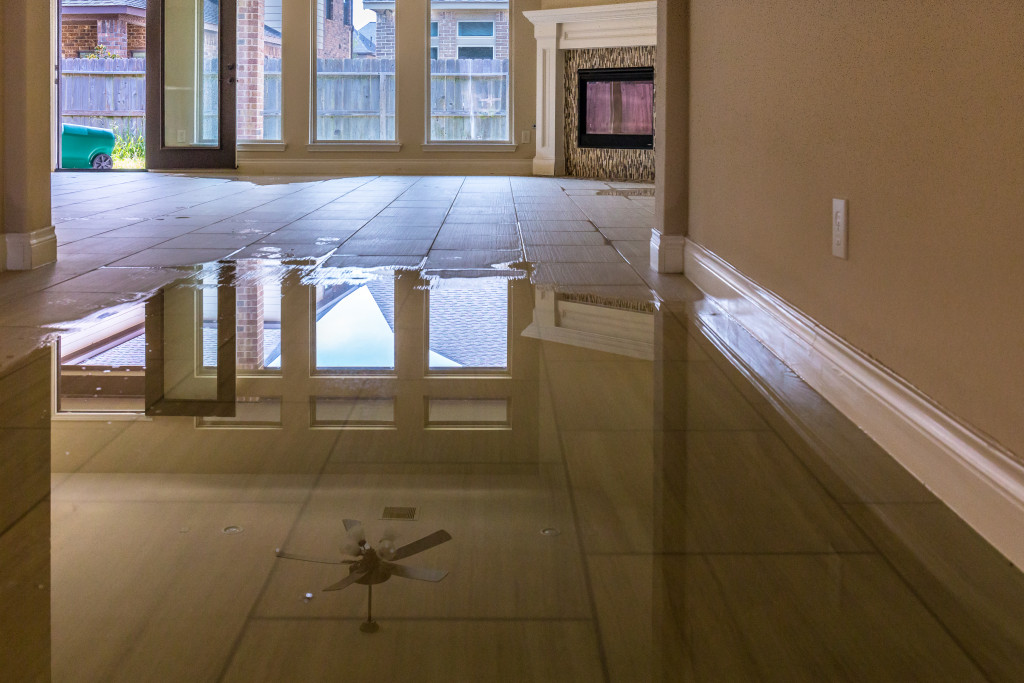- Elevate critical areas to protect them from flooding.
- Install flood vents, backwater valves, and sump pumps.
- Protect your home’s exterior by maintaining the roof and adding a waterproofing membrane.
- Install a sump pump to reduce the potential damage from a flood event.
- Hire a professional to help with identifying vulnerabilities and installation.
In an age of increasingly frequent and dangerous floods, it pays to do everything possible to make your home flood-proof. Although the best way to protect yourself from floods is to move away from flood-prone areas, this isn’t always feasible or practical. Fortunately, there are several steps that you can take to give your home a better chance of surviving a flood. Here are five tips for making your home flood-proof.
1. Elevate Critical Areas
One of the most important things you can do to protect your home from flooding is to elevate critical areas such as furnaces, water heaters, and electrical systems above the expected flood level. This will ensure that these vital components remain dry despite significant flooding. Ensuring that plumbing is installed above the predicted flood level is also essential.
In addition to elevating critical areas, you can make many other home improvements to protect your property from flooding. Installing backwater valves and sump pumps in the basement and crawl spaces can help keep any water that does enter the home out. Making sure your roof is in good condition and adding a layer of waterproofing membrane to the exterior of your home can also help keep water from penetrating your living space.
2. Install Flood Vents

Flood vents effectively reduce the risk of flooding in your home by allowing water to move through your basement or crawl space without causing significant damage. Installing these protective covers will allow high waters to pass through and out of your home rather than accumulating and causing extensive structural damage.
3. Protect Your Home’s Exterior
The exterior of your home is also vulnerable to flooding, so it pays to install flood barriers around the exterior walls and use waterproof materials for roofing and siding. Additionally, you should regularly inspect gutters and downspouts to ensure they are not clogged or blocked and will be able to drain away any excess rainwater during a storm effectively.
Here are some further ways you can protect your home’s exterior:
Check and Repair Roofs
Regularly inspecting your roof for any signs of damage or wear can help to protect it from water during a storm. Ensure that gutters and downspouts have been cleared of debris, repair any loose shingles, and replace missing flashing where needed. Doing this will help keep water away from the interior walls of your home and prevent any potential flooding.
Make Sure Windows are Weather-Proofed
Weatherproofing windows is key in ensuring they remain sealed tight during a storm or flood event. Check that window frames fit securely against the walls, all gaps are filled with caulk, and exterior window sills are angled away from the house to allow for proper drainage.
Install Drainage Systems

A drainage system will help divert excess water from your home’s exterior and foundation. You can install drainage systems such as french drains, surface channels, and a sump pump to reduce the risk of flooding on your property.
Plant Trees Away From the Home
Trees provide shade and beauty around homes, but it is essential to consider how tree roots might affect the home’s foundation in times of heavy rain. Plant trees at least 10 feet away from foundations and driveways, as this will help to reduce the risk of flooding.
4. Install Sump Pumps
Sump pumps effectively reduce the potential damage caused by flooding in your area by automatically pumping out accumulated water before it can cause severe structural damage. By installing a sump pump in your home’s basement or crawl space, you can help reduce the risks associated with flooding and keep your family safe from harm.
You may need to consider a few crucial factors when installing your sump pump. Proper installation is essential so the sump pump can work to its maximum capacity and keep your home safe from water damage. Consider the soil type in your area—areas with higher clay content require more powerful pumps as they are likely to collect more water during heavy rainfalls. Additionally, consider the size of your pump, as this will determine how much water it can move. Larger pumps can move larger volumes of water in less time.
5. Hire a Professional
The best way to protect your home from flooding is to utilize professional restoration water damage. These experts can help you identify potential vulnerabilities in your home and develop customized flood protection plans that meet your needs. Professional contractors are also trained to properly install sump pumps and other important flood protection components, ensuring that your system will be effective when needed.
Final Words
Making your home flood-proof is essential in protecting yourself from the dangers of severe weather events. Taking these five steps gives your home a better chance of surviving floods and ensures you and your family remain safe in a storm. So don’t delay — take proactive steps today to ensure your home is prepared for whatever Mother Nature throws its way!



